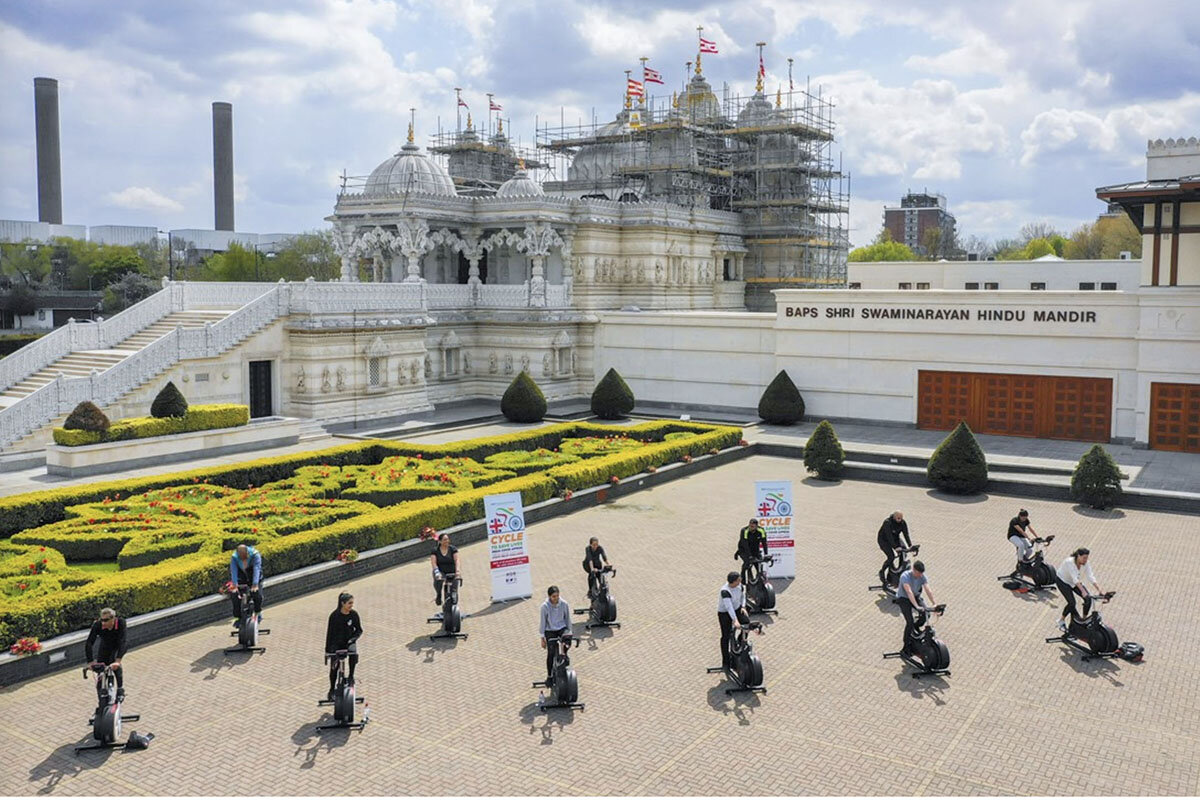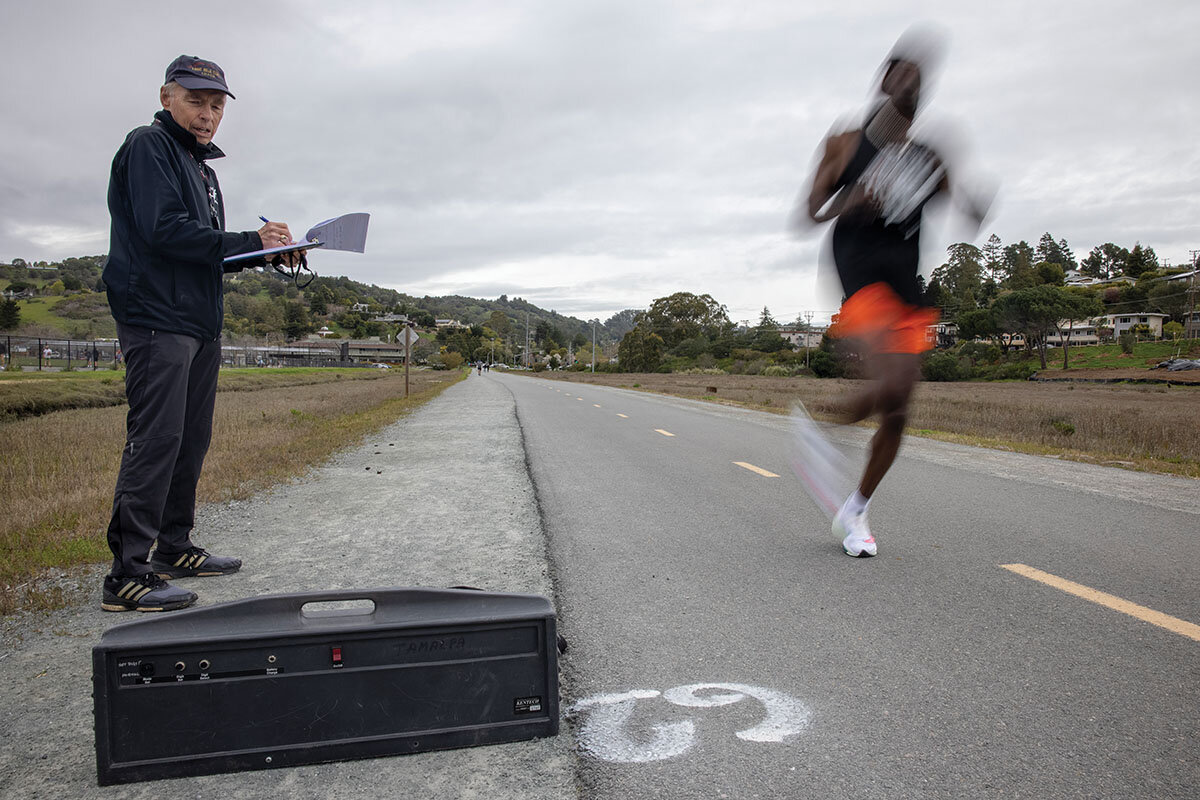The sense of urgency behind the president’s big infrastructure bill is waning, while other legislative priorities have stalled. With a thin margin in the Senate, Democrats may have to lower their ambitions.
Monitor Daily Podcast
- Follow us:
- Apple Podcasts
- Spotify
- RSS Feed
- Download
 Trudy Palmer
Trudy Palmer
As I recall, I did finally master doing a cartwheel as a kid. I know for a fact, I could somersault – and still can, for that matter. That’s not much to crow about, I know. But it’s all the more reason I’m curious what makes superstar gymnast Simone Biles tick.
Last weekend, she became the first female athlete to land a Yurchenko double pike in vault during a competition.
What’s behind the kind of drive that leads her to execute moves so extraordinary that, so far, four are named after her? According to her coaches, Cecile and Laurent Landi, being motivated from within is key to her success.
“We saw in her eyes that she wanted to do it for a good reason,” Mr. Landi told The Washington Post. “It wasn’t from the pressure of anyone else."
Speaking more generally, he added, “If deep inside them they want to be successful, and they love the sport, they will find a way to get better.”
Simone Biles … better? A five-time Olympic medalist, she has won every all-around competition she’s entered and is the most decorated gymnast, male or female, in world championships. We’ll have to wait until the Olympics to see whether the double pike becomes Ms. Biles’ fifth eponymous move.
But clearly, the right motive and a love of the sport create room to grow. That’s how last weekend’s first-ever feat came about. Ms. Biles tried it years ago “just to play around,” she told another Washington Post reporter. “Never in a million years did I think it was going to be feasible,” she said.
As she grew stronger, though, it came within reach – and she couldn’t resist.










